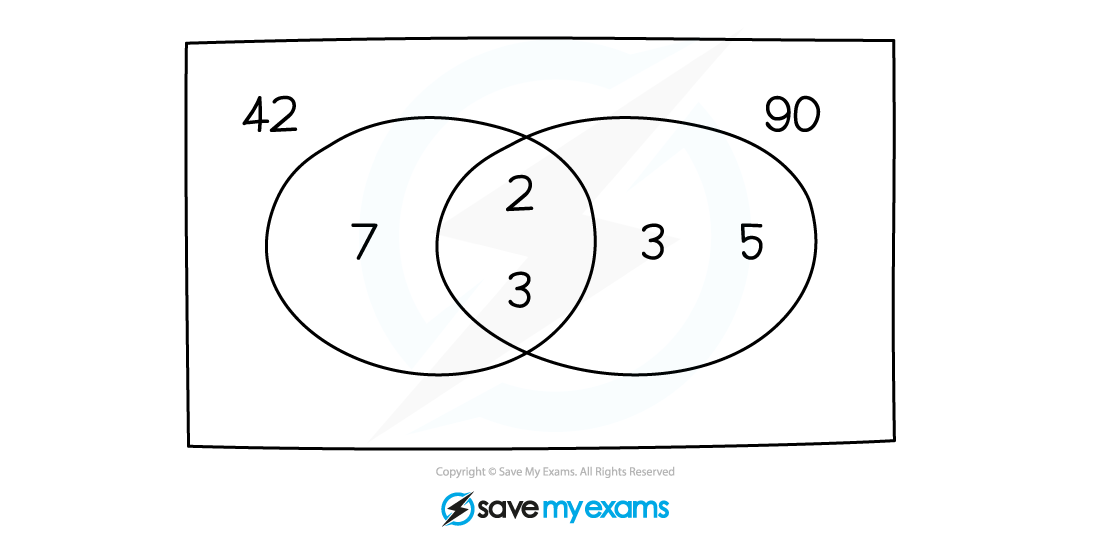What is the lowest common multiple?
In GCSE Maths, the lowest common multiple (LCM) is the smallest multiple that is shared by two or more numbers.
For example, the lowest common multiple of the numbers and
is
.
How can I find the lowest common multiple?
There is more than one way to find the lowest common multiple of two numbers.
Be careful, multiplying two numbers together will always result in a common multiple, but it won't necessarily be the lowest common multiple.
Listing multiples
You can find common multiples of two numbers by listing out the first few multiples of each number until the first multiple that is common to both occurs.
For example:
The LCM of the numbers and
is
.
Prime factor decomposition
You can also use prime factor decomposition to find the LCM of two numbers.
Break down the numbers into their prime factors. You can then multiply together all prime factors that are common to both numbers and multiply the result by the remaining prime factors.
You may use the product of primes, a factor tree or a Venn diagram to help you with this.
For example:

The LCM of and
is
What is the lowest common multiple used for?
The lowest common multiple can be useful in a number of different situations when you need to find a shared value that two numbers both go into, including:
Finding a lowest common denominator and comparing two fractions
Working out the least number of packets you need to buy when you want the same number of two separate items, but the items come in packets of different quantities
Identifying when two events that occur at different regular intervals will next occur at the same time
Examiner-written GCSE Maths revision resources that improve your grades 2x
- Written by expert teachers and examiners
- Aligned to exam specifications
- Everything you need to know, and nothing you don’t

Share this article
 written revision resources that improve your
written revision resources that improve your